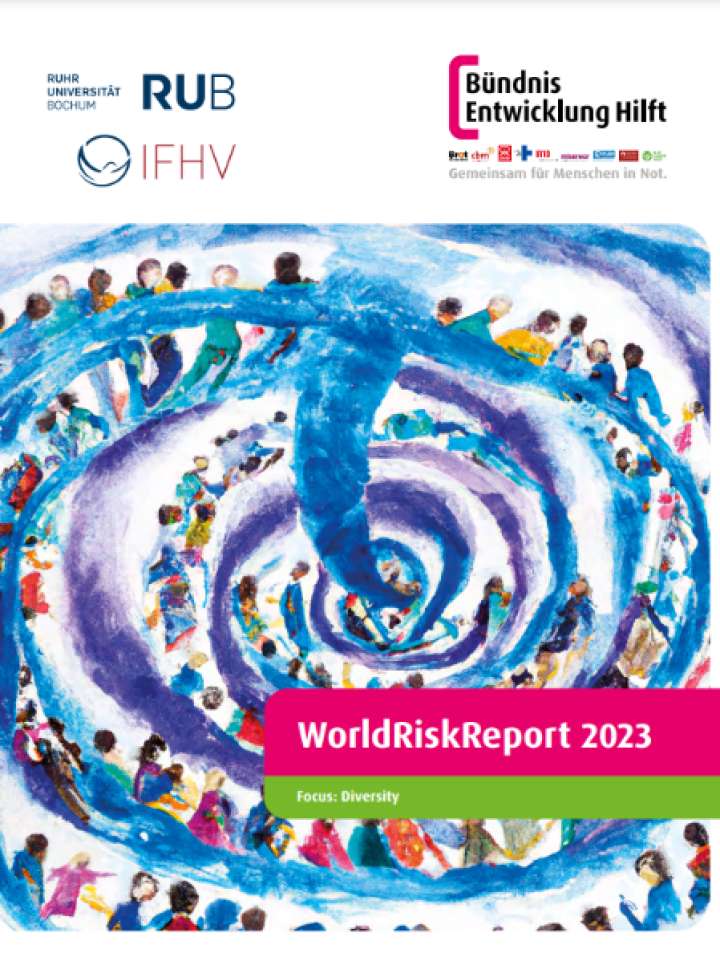World Risk Report 2023: Focus: Diversity
The WorldRiskReport (WRR) 2023 examines the complex interrelationship between crises, marginalized groups, and the diverse structure of societies. Diversity plays a significant role in how disaster risk is distributed within a society. While it is true that disasters, extreme natural events, and crisis affect everyone in the immediate surroundings, the impact of the negative consequences tends to be more severe for marginalized groups such as people read as female, persons with disabilities, or members of the queer community.
Some of the report's key findings include:
- The countries with the highest disaster risk worldwide are the Philippines (WRI 46.86), Indonesia (WRI 43.50), and India (WRI 41.52).
- The composition of the ten countries with the highest risk remains virtually unchanged compared to the previous year. Only Pakistan has dropped out of the group due to Russia moving up to eighth place.
- Seven of the highest-risk countries are also among the ten countries with the highest exposure. As in the previous year, China’s exposure is highest, followed by Mexico and Japan.
- At number 94, Germany remains in the middle range of the WorldRiskIndex, having fallen seven places with a score of 4.30.
- Once again, the examples of South Korea and Italy illustrate clearly that low or very low vulnerability can decrease a country’s disaster risk even if it has high exposure.
- Continuing the previous years trend, the Americas is the continent with the highest disaster risk. It is followed by Asia, Africa, Oceania, and Europe–with scores significantly below the global average. Oceania’s risk profile is mainly influenced by exposure while Africa is the continent with the highest vulnerability.
Explore further
